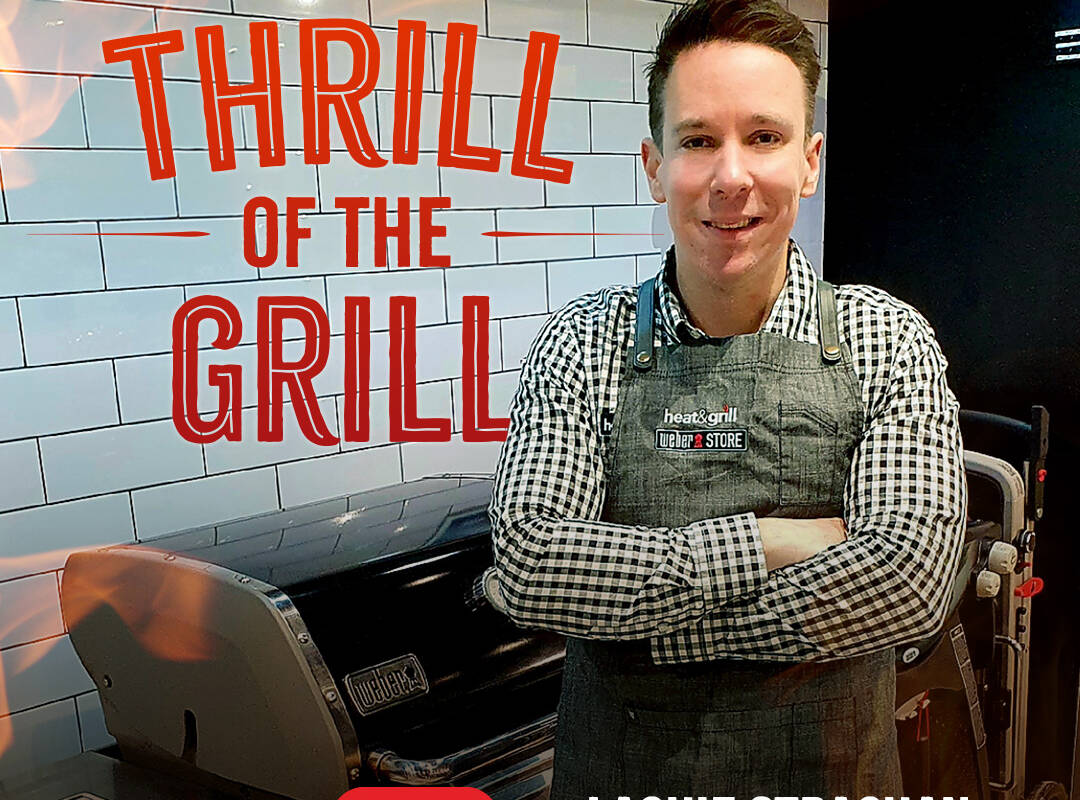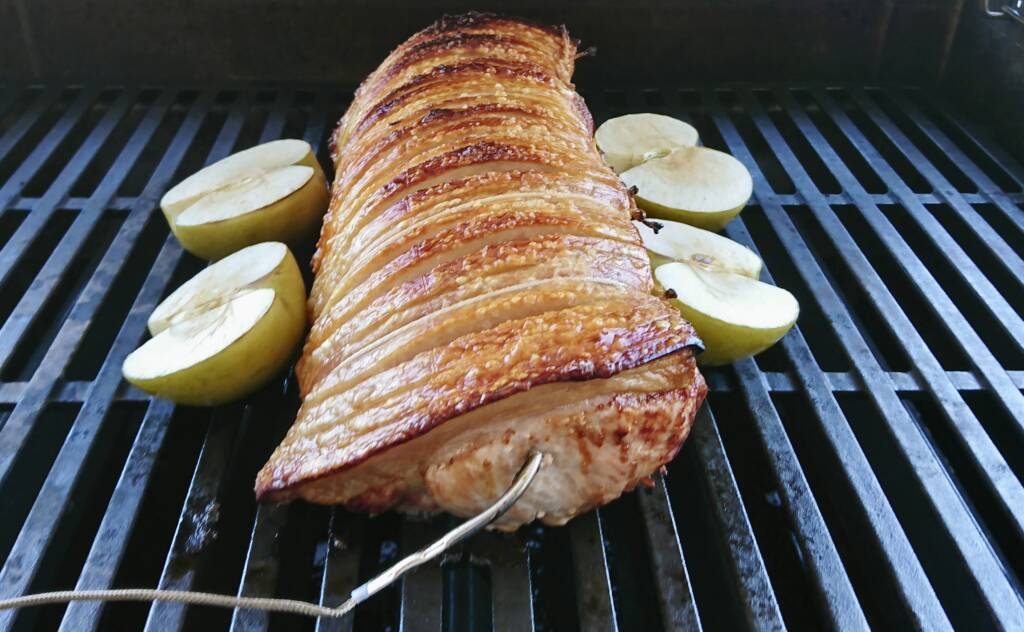Lachie Strachan’s tips for the perfect Christmas roast pork with crunchy crackling!

Lachie Strachan’s tips for the perfect Christmas roast pork with crunchy crackling!
Indulging in a succulent roast pork with crispy, golden crackling is a culinary delight. Elevate your cooking experience with these essential tips:
- Prep Your Barbecue: Before diving into the cooking process, ensure your barbecue is pristine. Clean it thoroughly, eliminating any grease or debris. For optimal results, set up your barbecue for indirect cooking over high heat (230° to 260°C). If you’re using a Weber® Q barbecue, configure it with a convection tray and a trivet.
- Dry the Pork Skin: Prioritize dryness for the pork skin. If not already done by the butcher, score the skin—make incisions about 3mm deep at 1cm intervals. Apply a thin layer of olive oil, ensuring an even coating. Generously season with salt, paying extra attention to the skin.
- Crackling Stage: Kickstart the crackling process by roasting the pork over indirect high heat with the lid closed for 20 to 30 minutes. Resist the temptation to lift the lid during this crucial phase.
- Temperature Adjustment: After the initial crackling, adjust the barbecue temperature to indirect medium heat (190° to 230°C), the roast setting. Continue cooking until the internal temperature reaches 60°C for a medium result. Keep in mind that the internal temperature will rise 3°C to 6°C while resting. Aim for a final doneness temperature of 63°C for medium or 68°C for medium well.
- Resting Period: Allow the cooked pork to rest for 15 minutes before carving, ensuring the flavors settle and the juices redistribute evenly.

Additional Recipe Tips:
- Avoid Vacuum Sealed Pork: Opt for fresh pork over vacuum-sealed varieties, as the latter can hinder crackling. Vacuum-sealed pork, packed in plastic, poses challenges in achieving the desired crispiness.
- Dry Skin for Optimal Crackling: If the pork skin appears pale and moist, refrigerate it uncovered for 24 to 48 hours. Cover the flesh with plastic wrap to prevent dehydration while facilitating the ideal dryness for crackling.
- Calculate Cooking Time: Determine the cooking time by measuring the thickness (not length) of the roast. Calculate 1 minute per millimeter. For example, an 80mm thick roast requires 80 minutes of cooking time. Alternatively, use an internal meat thermometer for accuracy.
- Reviving Un-Crackled Rind: In the event the pork is fully cooked but the rind hasn’t crackled, remove the rind and return it to the barbecue. Roast over indirect medium heat (190°C to 230°C) for 15 minutes, allowing it to crackle while the pork rests.



